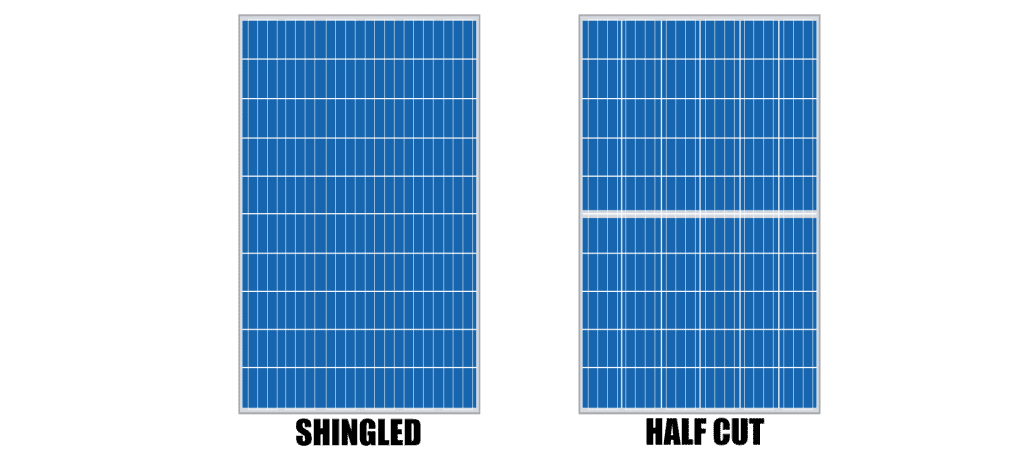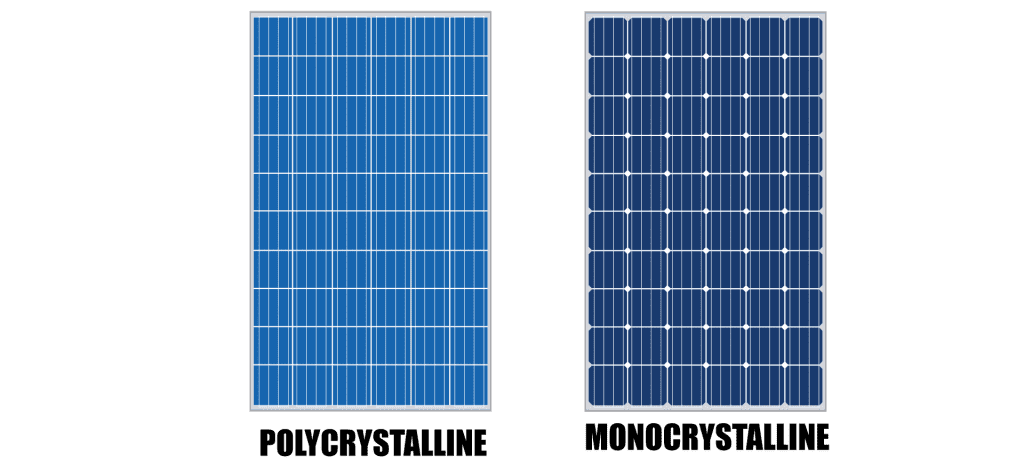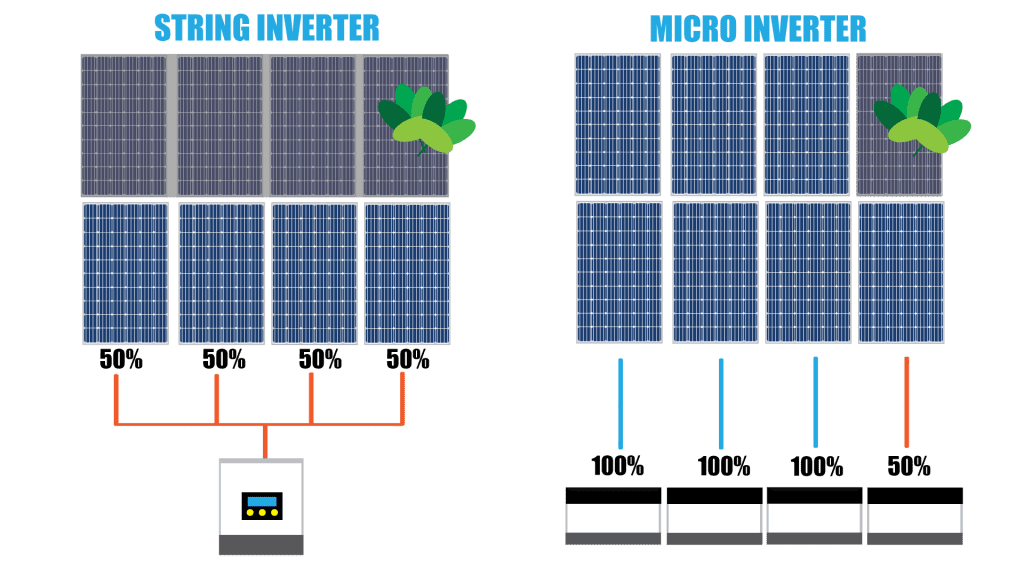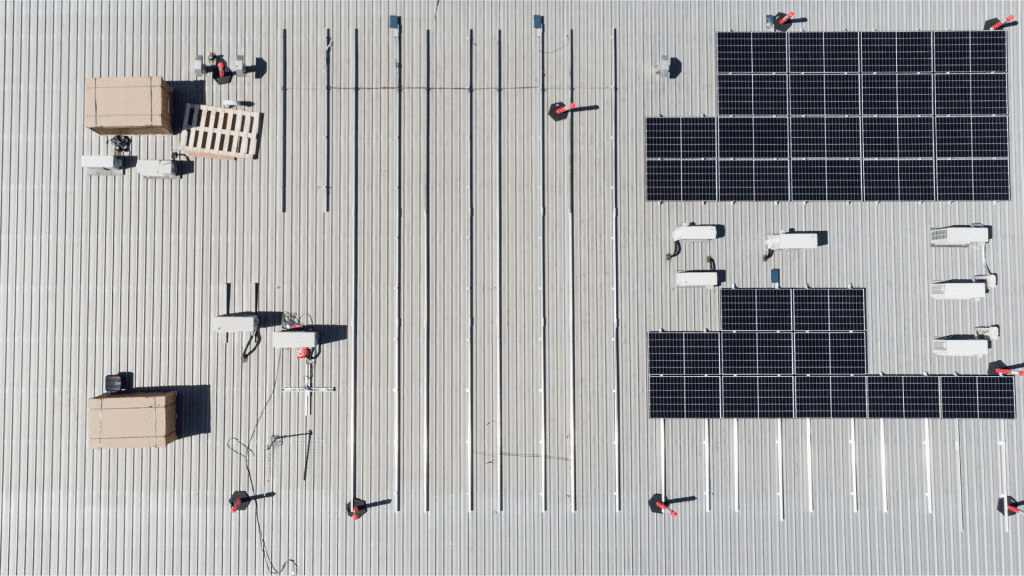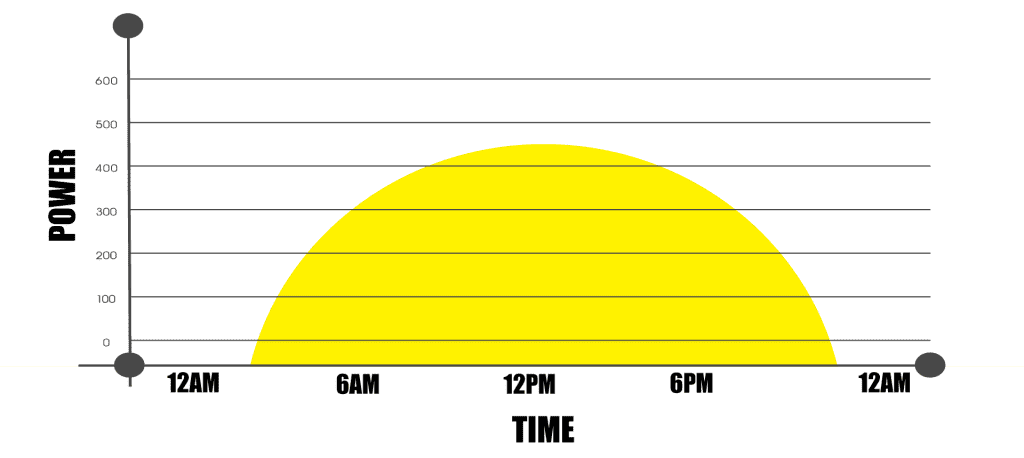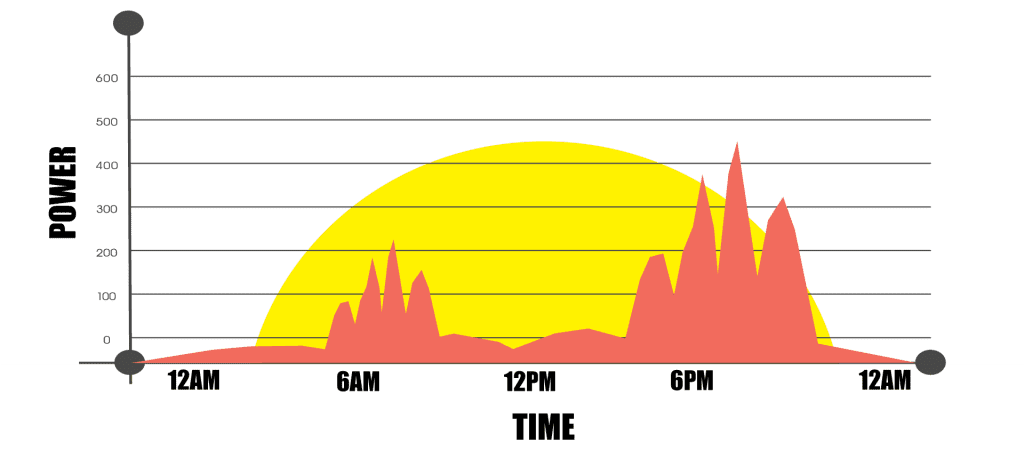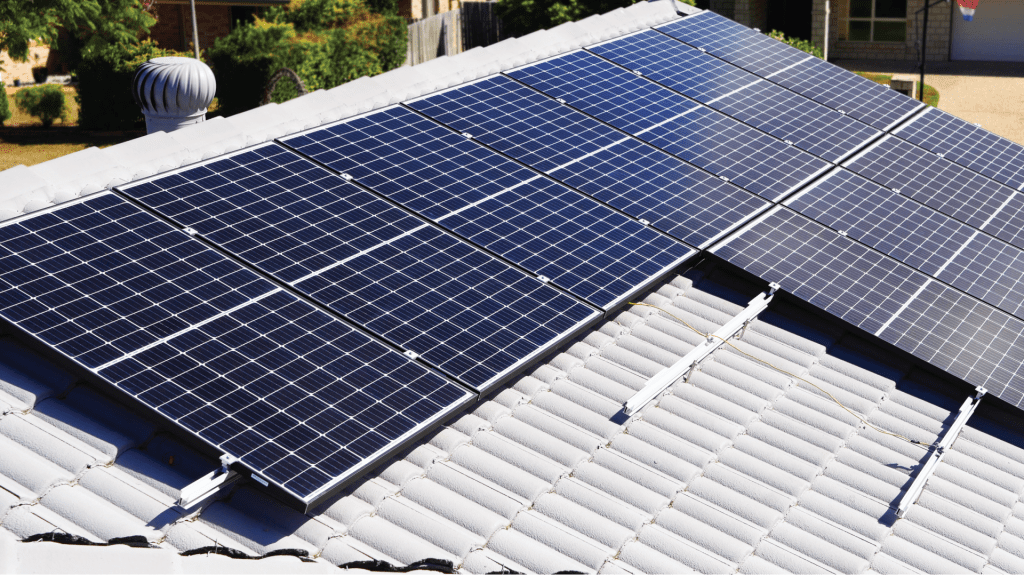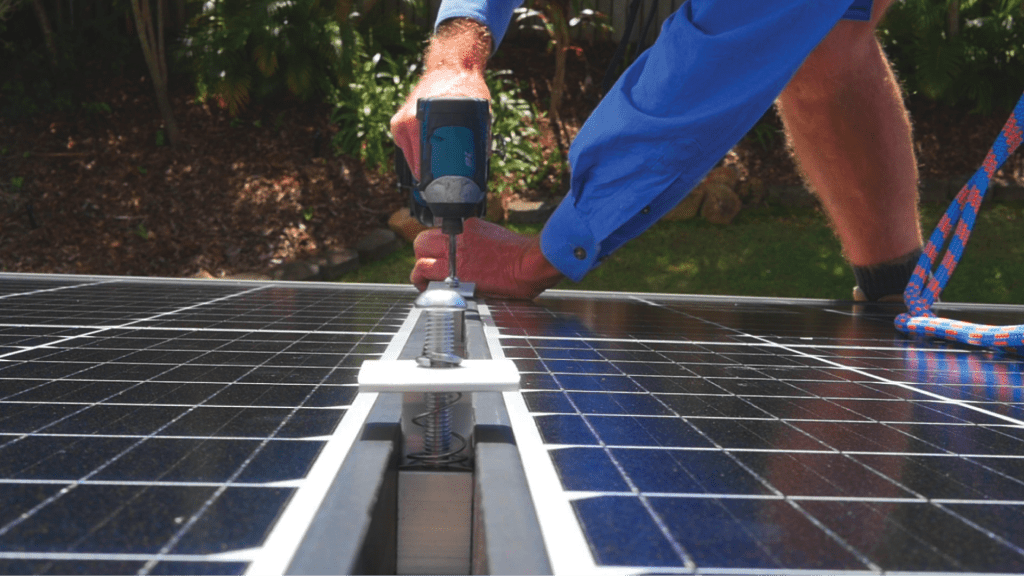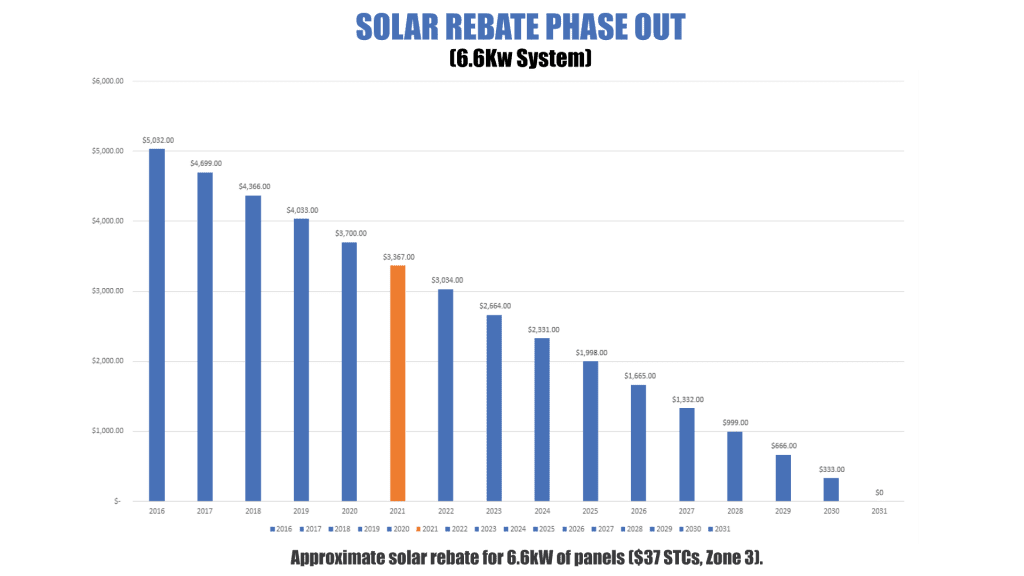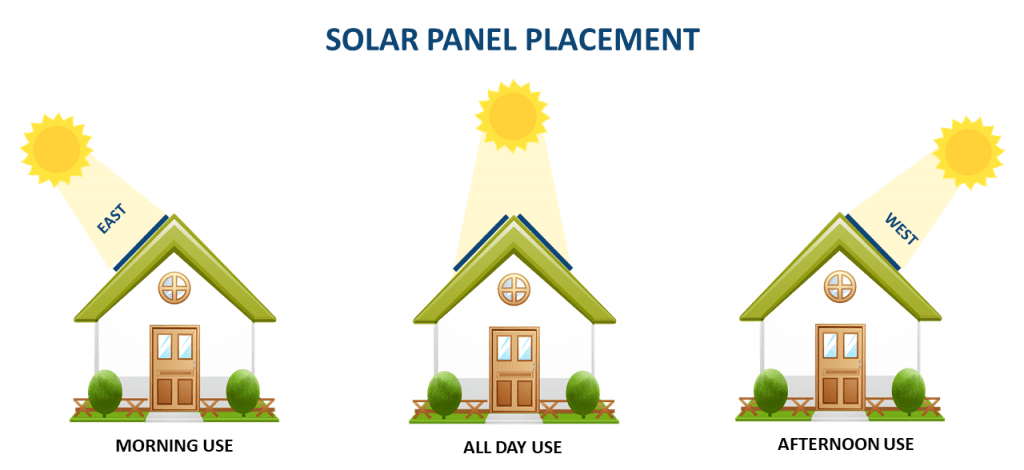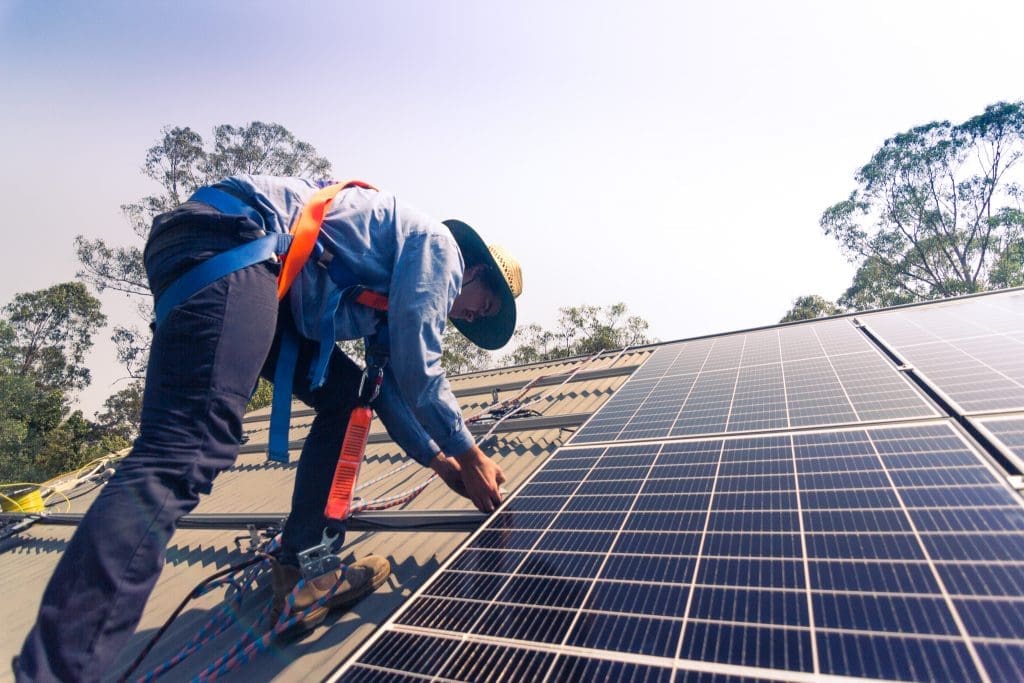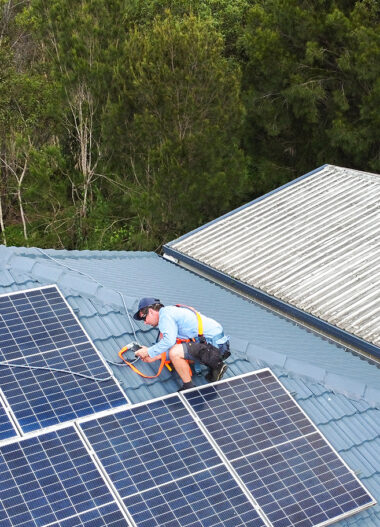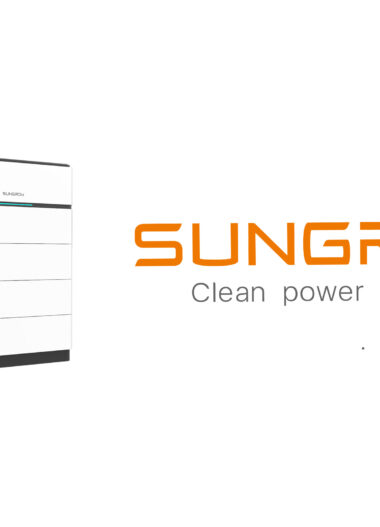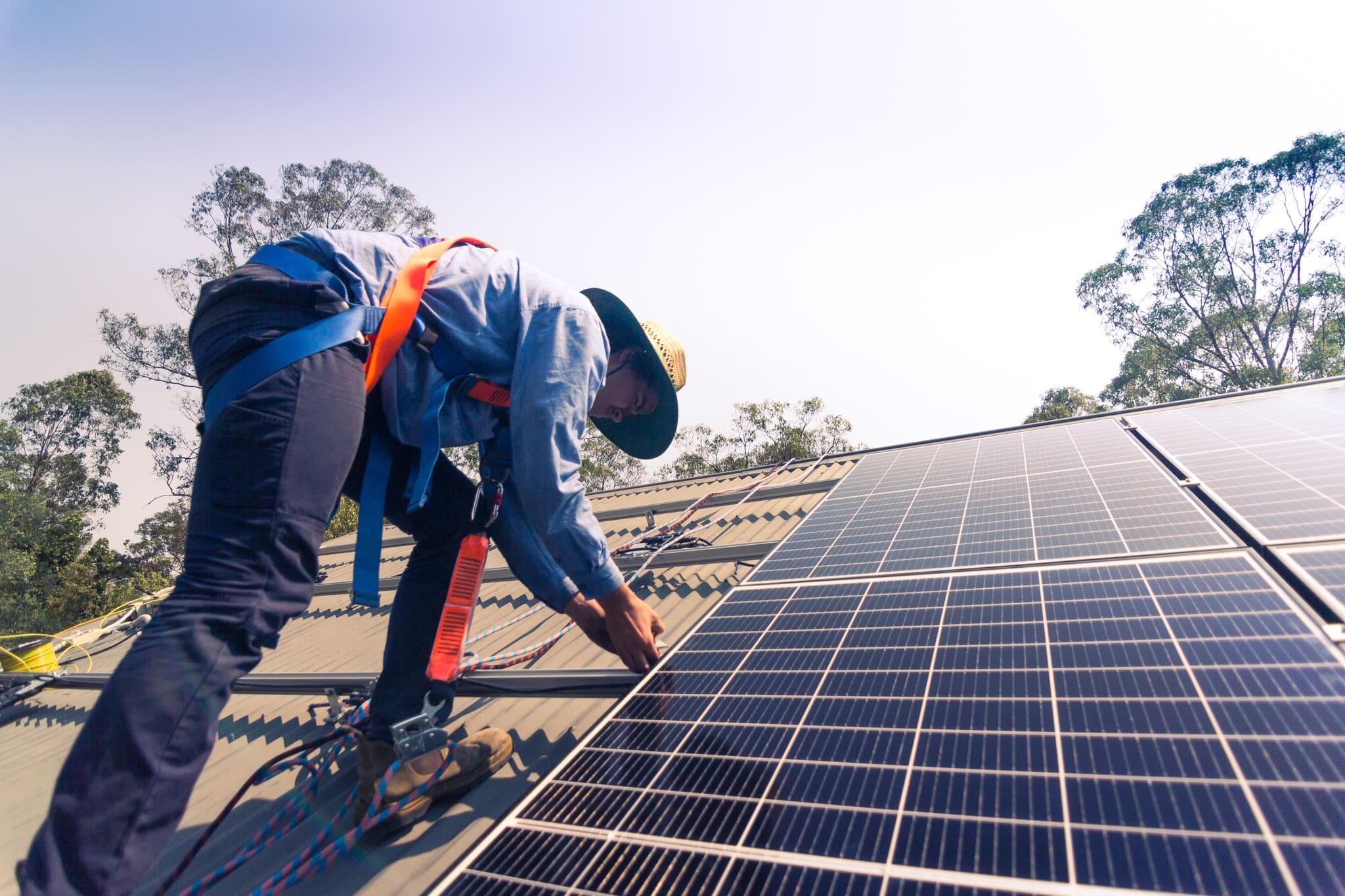
A BEGINNER’S GUIDE TO SOLAR
Are you in the market for a new solar system but don’t know where to start? You’ve come to the right place. This guide to solar will provide you with all the information you need to make an informed decision.
If you’re interested in purchasing a solar system for your house to start reaping the benefits of solar, Voltora Industries‘ solar experts can assist you in finding the perfect setup that maximizes your return on investment.
This cheat sheet is designed to make investing in solar power easy.
By reading this guide to solar, you’ll know more about solar energy than 99.9% of Australians and be confident you’re paying the right amount of money for your solar system.
If you’re feeling confident about solar power systems already and you’re looking to get quotes, please fill out our online form and one of our solar technicians will be in touch with you.
Let’s get into it, here’s what you should know before you get quotes for solar power and proceeding with system installation:
1. What are the four main components of a solar power system?
2. Why is a good installation critical?
3. How many solar panels do you need to buy?
4. How to calculate the solar rebate?
5. What is the difference between ‘rebate’ and ‘feed-in tariff’?
6. What is the optimal roof direction/angle for solar electricity generation?
7. How are solar system savings and payback calculated?
8. Basic costs for quality solar energy systems and why quotes can vary.
9. Do you need storage batteries?
10. How are you planning on paying for your system?
11. Our Straightforward approach.
12. The next step.
1. What are the four main components of a solar power system?
Solar power systems are comprised of four main components:
• Solar Panels
• Inverters
• Racking
• Monitoring
Let’s look at each of these in more detail.
Component 1: Solar panels
Solar panels are simply a collection of 60 or more solar cells. The panels can use different cell arrangements as well as different cell types.
For cell arrangements, you have the option to choose from:
• Standard – also known as mono/poly panels.
• Half cut – it means they are cut in half
• Shingled – where the cells are slightly overlapping.
There are some benefits to using half-cut or shingled panels over conventional ones especially if you have shade that creeps up on the solar panels through the day. Otherwise, any cell arrangement will work well.
For cell type – you can buy either monocrystalline or polycrystalline:
There is a marginal difference in performance between a mono and a poly panel of similar wattage, so you don’t have to choose one over the other.
Solar Panel Dimensions
In Australia, the solar panel manufacturers generally make solar panels in two different sizes – 60 cells or “residential size”, which measures approximately 1 m x 1.65m, and 72 cells or “commercial size”, which measures approximately 1m x 2m.
The commercial-sized 72 cell panels are bigger and heavier and are designed to pump out more kilowatts than the residential-sized 60 cell panels.
It’s important to be cautious, as some companies may quote residential properties with ‘commercial-sized’ panels to maximize power output with fewer panels on the roof. While this might seem appealing, installing commercial-sized solar panels can make it much harder to get the clamping zones right. As explained in our guide to solar, improperly clamped panels can flex too much, compromising their longevity and potentially causing damage.
Component 2: Solar Inverters
The second component of a solar power system is the inverter. These usually come in two types – string inverter, which is around the size of a briefcase, or micro-inverter – which are approximately the size of a paperback book.
A string inverter is installed on a wall, and all the solar panels are connected to it while a micro inverter is installed on the back of, or beside each solar panel.
There’s also a third option – ‘power optimizers’. These are a hybrid between the two because an optimiser system has both a string inverter on the wall and optimisers on each panel’s back.
You should choose a shaded spot, a cool garage, or ask the installer to build a simple shade over the inverter. Direct intense sunlight kills inverters because it cooks them – especially in Australia’s harsh sun.
An inverters job is to convert the steady DC electricity solar panels produce into 230 volts of AC electricity, which is what everything in your home uses. The inverter is the component most likely to fail in a solar power system in the first 10 to 15 years. This is because they work really hard all day and they do wear out.
So even if you’re on a limited budget, we at Voltora Industries would recommend considering a mid-range or high-end inverter as they’ll last longer overall than the cheapest ones.
Component 3: Solar Panel Racking
Solar panels are mounted on a racking system that connects them securely to your roof. There is a wide range of racking brands out there – and at the end of the day, it doesn’t matter which one you choose.
Component 4: Consumption Monitor
Consumption monitors are small devices that attach to your switchboard and measure how much electricity is coming from or going into the grid.
While you can install a solar system without a consumption monitor, we strongly recommend getting one. As outlined in our guide to solar, a consumption monitor helps you gain a clearer picture of how your energy is being used, not just how much solar energy your system is producing.
Without a consumption monitor, your inverter will only show you the solar generation curve on its monitoring app, giving you limited insight into how efficiently your solar energy is being utilized.
You’ll only see the solar generation curve on your inverter’s monitoring app:
But you won’t be able to see the breakdown of how much energy your home is using and when (especially during peak times).
If you invest in the consumption monitor hardware, your monitoring app will be much more useful and will look like this:
The red area is the energy used by your home and also gives you insights into your peak usage times.
For around $500, the installation of a consumption monitor will allow you to understand exactly how your solar system is working and the best way to manage your energy use for maximum savings.
2. Why is a good installation critical?
No matter how good the brand of the solar system is, a bad installer can take good brands and make a dog’s breakfast of the installation.
Poorly installed solar systems not only look bad, but they can also be unreliable, underperform, and even unsafe. As highlighted in our guide to solar, solar systems can have up to 600 volts of electricity running through them, making a proper installation absolutely critical for both safety and efficiency.
When sourcing your own quotes, you must weed out bad installers by:
• Checking multiple review websites. Some review websites are easier to game than others.
• Look at the 1-star reviews. These tell you a lot about the true culture and work ethics of the company.
• While all companies make mistakes, some companies make lots of really bad mistakes and it is best to avoid them.
• Join local Facebook groups and ask the members about their personal experiences and recommendations.
3. How many solar panels do you need to buy?
The size of your solar power system, and therefore the number of solar panels you need, should be informed by your electricity usage patterns and what you want to achieve.
Solar PV systems are rated in watts (W) or kilowatts (kW). You’ll see systems described as 4kW, 5kW, 10kW, and so on. This means that 1kW of solar panels = 4kWh of electricity produced per day (roughly).
For each kW of solar panels, you can expect about four kWh per day of electricity generation. So a 5kW solar system will generate about 20kWh on a good day (which means plenty of sunshine but not too hot).
It’s just a general rule; the actual amount of electricity generated per kW of solar panels depends on various factors such as your location, the time of year, the amount of sunlight, the orientation of the panels, their age, and more. As explained in our guide to solar, in southern regions like Hobart, the daily generation could be as low as 3.5kWh per day, while the same 1kW of panels in Darwin could generate up to 5kWh.
Your minimum aim is to cover as much of your household consumption as reasonably possible for a typical day. If your power consumption is (say) 30kWh on some days, but on most days it’s 20kWh, it might not be worth adding extra panels just to cover those few 30kWh days. A 5kW solar PV system might be the most cost-effective option, and you’ll just have to accept paying for more power than usual from the grid on those occasional high-consumption days.
But solar panels are relatively cheap now, so it’s worth talking this through with your installer to see if the sums make sense for a larger system. There’s a real economy of scale in installing a larger system in the 5kW to 10kW range rather than a smaller system of 2kW to 3kW.
4. How to calculate the solar rebate?
The famous Australian federal solar rebate, also known as the STC scheme, acts as a point-of-sale discount off a solar installation’s final cost.
All the prices you see advertised will already include this discount. It’s worth about $500 per kilowatt of solar panels installed, but this will vary slightly depending on where you live. So, for example, 6.6 kW of panels attract around $3,300 in rebates.
Anyone can claim the rebate, even if you’ve already bought solar power systems in the past and want to buy a new system.
The only restrictions on claiming the rebate are:
• Your system installation must be less than 100 kW in size (which is quite big!).
• You get it installed and designed by a Clean Energy Council (CEC) accredited professional (you can ask the installer on the day to provide proof of accreditation!)
• You use panels and solar inverters approved for installation in Australia by the Clean Energy Council (such as those I mentioned in my chart above).
The federal solar rebate is slowly being phased out and it reduces by one-ninth of today’s value every January until it goes to zero in 2031. The federal solar rebate is based on the number of solar panels, not the inverter’s size. This often makes adding panels over and above the inverter rating very worthwhile.
Approximate solar rebate for 6.6kW of panels ($37 STCs, Zone 3).
5. What is the difference between ‘rebate’ and ‘feed-in tariff’?
The solar rebate and the feed-in tariff are two totally different things.
The solar rebate is something you are given by the federal government that helps pay for the cost of the solar system. The feed-in tariff is what you are paid by your state government for generating surplus with your solar system.
Think of it this way: You get money from the Federal Government via the rebate to help you pay for a solar system, and then you get money from your State Government via the Feed-In Tariff for sending surplus electricity back into the grid (if you have any left to export after powering your own home, that is!)
6. What is the optimal roof direction/angle for solar electricity generation?
Panel Direction
First – the absolute basics. The sun rises in the east, and sets in the west.
This means:
• East-facing panels will generate more power in the morning.
• West-facing panels will generate more in the late afternoon.
• North-facing solar panels will generate the most energy overall, but less in the morning and late afternoon compared to east and west-facing panels respectively.
East and west-facing panels will produce about 15% less energy per year compared to north-facing.
But – a working household can self-consume more solar energy with east and west-facing panels, because they produce more energy before and after school/work, accelerating their system’s payback compared to a north-facing one.
Panel Angle
The ideal panel angle to maximize the energy produced over the whole year is simply within a few degrees of the latitude of your location:
| Canberra | Hobart | Darwin | Adelaide | Perth | Brisbane | Melbourne | Sydney |
| 35° | 42° | 12° | 35° | 31° | 27° | 37° | 34° |
So, for a house in Brisbane, the ideal solar panel angle is around 27° from horizontal.
If you’re not able to install your panels at the ideal angle, don’t worry too much. Generally and unless your roof is flat, the ideal angle is whatever your roof is built at.
If your roof is flat, you can still install the panels flat – but you need to be aware that you’ll lose about 10% of your total annual generation, and you’ll need to pay someone to clean them frequently (around 3-4 times a year), as you need at least 10 degrees tilt for the rain to reliably run off the panels and clean them.
7. How are solar systems savings and payback calculated?
This depends on a few key things:
• The output of your solar power system (which, when annualised, is very consistent!)
• Your ‘self-consumption ratio’ – which is how much solar electricity you use in the home vs exports to the grid.
• Your feed-in tariff – which, as already mentioned, varies from retailer to retailer and state to state.
• Your usage tariff – which is what you pay for grid electricity.
Putting it all together – the main way a solar installation saves you money is by offsetting your grid electricity usage.
If you pay 36 cents per kWh –and your solar power system generates one kWh to offset that – you’ve just saved 36 cents.
8. Basic costs for quality solar energy systems and why quotes can vary.
As of May 2021, approximate prices for good quality solar panel systems in Australia (Tier 1 panels + quality string inverter), including full installation, are in the range of:
3kW: $3,500 – $5,000
5kW: $4,500 – $8,000
6.6kW: $5,000 – $9,000
10kW: $8,000 – $12,000.
Note the above prices also include the discount from the solar ‘rebate’.
To be clear – the upper-end prices are for top-end system installations (e.g. LG/Sunpower panels), installed by a solar energy ‘craftsman‘.
If you want to downgrade to a reputable budget inverter you may be able to save around $800 on these prices. Costs can also increase if you need a switchboard upgrade or other electrical work is required to make your home suitable for solar power, or if the design of your home makes the installation more difficult.
If you decide to install microinverters or an optimiser-based system over a string inverter, costs will also increase by approximately 20%. Installing battery storage (for an off-grid or hybrid system) will at least double the system’s price.
Really cheap solar energy systems cost more in the long run, from repairs and lost output. We tell our customers to avoid installing really cheap solar energy systems as they break down easily and usually end up in landfills after a few years.
9. Do you need storage batteries?
Batteries are great for energy security. The peace of mind from knowing that you will still have lights, refrigeration, and other essential circuits no matter what happens to the grid can be priceless.
Batteries are also great fun. Seriously! There is something extraordinary about seeing your house run off nothing but battery power.
Batteries also provide a form of insurance against the risk of electricity prices going up and feed-in-tariffs going down.
A properly sized, correctly installed and configured battery can reduce your grid use by up to 95%, making you almost immune to electricity and feed-in tariff changes. To be clear – no one knows which way electricity prices and feed-in-tariffs will go. However, if you have a battery you won’t care!
But these benefits come at a cost.
For example – without a battery rebate – it will cost around $10,000 to add a decent amount (around 10 kWh) of quality energy storage to a solar power system in Australia. Take 30-50% off these costs if you live in VIC, ACT, or SA and are eligible for your state’s battery rebate.
The typical payback period of an unsubsidised battery of that size is at least 15 years. Most batteries have a 10-year warranty.
Compare this with a solar energy installation without batteries. A regular non-battery solar power system has a typical payback of around 3-6 years and will last about 25 years.
So – if you are buying batteries only to save money, unless you can access a state-based battery rebate, installing battery storage isn’t worth it for you. Our advice is to wait approximately 2-5 years for battery costs to come down before investing in energy storage.
Pro-tip: You don’t need to buy a special type of system to be ready for batteries. Every grid connect system ever installed in Australia is compatible with future batteries using a technique called ‘AC coupling’. But if you want a battery for energy security, insurance against changing electricity prices, and for exciting technology, go for it.
A note about state battery rebates: In South Australia, New South Wales, and some postcodes in Victoria and ACT you can now get a battery subsidy which could halve the cost of a battery installation, potentially giving a sub-10-year payback. Counter-intuitively, some battery systems will not provide backup when the grid goes down. If you want a backup, you must specify this upfront, as it requires careful design and some rewiring of your switchboard.
10. How are you planning on paying for your system? Understanding finance.
Most Australians have the option to purchase solar power systems with cash. If you are debt-free and have cash looking for a place to go, investing in a solar power system is worth serious consideration.
A solar system installation currently generates a tax-free, reliable return that is far higher than bank interest rates or government bonds at the time of writing.
However, some of us don’t have the luxury of easy access to thousands of dollars, which is why at Voltora Industries, we offer interest-free finance options with either Humm90 Finance or with Zip Money.
11. Our Straightforward Approach
At Voltora Industries we believe in honesty and transparency as the core values of our business. Which is why we set clear expectations on what can affect your solar system’s performance, outside of panel and inverter failures or installation issues.
Solar is a major financial investment, and we understand it takes time to save or shoulder the burden that can come from loan applications. Solar is one of the biggest purchases you will make, so you must have confidence in the products installed, after-install support from the company installing, and more importantly, the electricians installing your system.
In case you aren’t aware, we only ever use our own in-house, trained, full-time employed electricians who are all CEC-approved installers.
If you realise that something’s not working in your solar power system once we’ve installed it and left your property, don’t worry!
You’re backed by Voltora’s Make It Right™ guarantee. Just give us a call, and we’ll be more than happy to come back and fix those issues – free of charge.**
**Covers installation issues only. Subject to our terms and conditions.
12. The next step
So, there you have it, our beginners guide to solar power for your home. If you have any questions about the information or would like to book a complimentary obligation free quote contact us on:
Email: [email protected]
Tel: 1300 799 430
Post: 108-109/193 South Pine Rd, Brendale, QLD 4500
Lets get started

